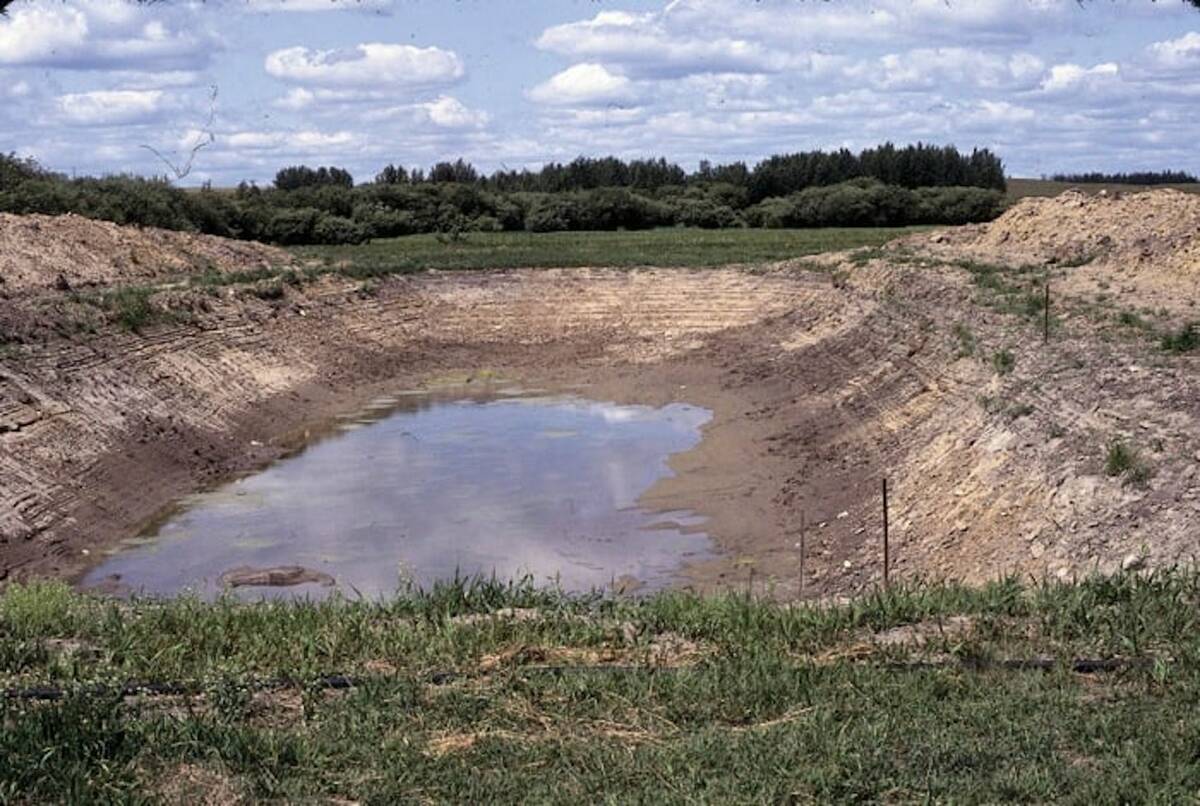Carcass evaluation in the next century means a major investment in technology for Cargill Foods at High River, Alta.
The intent is to provide information on every animal that passes through the plant. Sending that data to producers should improve beef quality.
“What good is all this information if it doesn’t change the way we market?” said Dave Kasko of Cargill, who explained the system to a purebred beef breeders meeting in Calgary.
Cargill has been working on electronic grading and evaluation for eight years.
Read Also

Dry summer conditions can lead to poor water quality for livestock
Drought conditions in the Prairies has led to an decrease in water quality, and producers are being advised to closely monitor water quality for their animals.
The plant is set up to read an electronic tag that stays with the animal to the grading area.
Experiments are continuing with reading and recording information, said Kasko.
This tool will enable Cargill, which kills more than 3,000 cattle per day, to quickly measure muscle score, size of carcass and ribeye area. Yield evaluation of individual cuts has improved. Certain cuts may have a high yield of salable meat, which is worth more money.
“I want to look at each individual cut and decide the best place for that particular ribeye or sirloin,” he said.
It can also help select carcasses for the company’s branded beef programs. The company has gone into branded beef in a big way, launching Sterling Silver last fall and Ranchers’ Pride in November.
Branded beef programs are addressing the demand for better quality meat, although retailers in Canada are slow to adopt them, said Kasko. Excel Beef, a division of Cargill, is developing programs for both Canada and the United States.
Sterling Silver came out last October. Only triple A beef is selected for sales to food service and retail. It competes with the Certified Angus Beef program.
It appears in 100 food service establishments across Canada and is especially popular with eastern retailers.
Ranchers’ Pride uses Canada Prime only. Graded higher than triple A, this grade is reached by only one percent of the beef available in Canada. It will go to high end food service only.
As well, case-ready products are available for retail grocery stores. The meat is already packaged on trays and priced so stores do not need butchers.

















